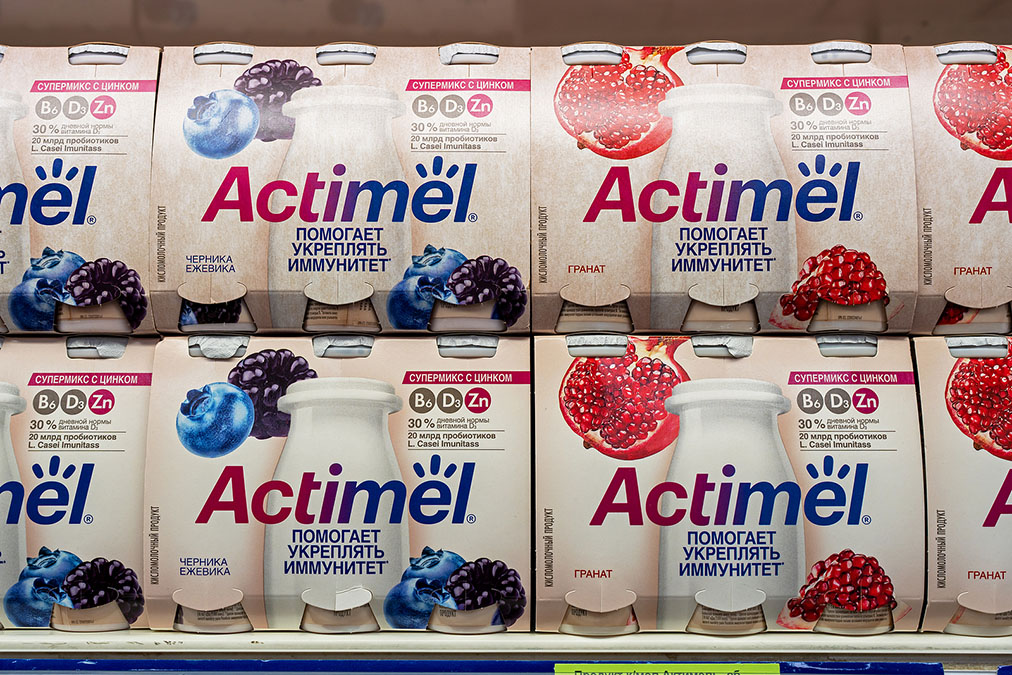 Gout is a serious disease in humans that is on the rise.
Gout is a serious disease in humans that is on the rise.
Many animals, on the other hand, cannot develop gout.
Researchers have just published a study in Biocatalysis and Agricultural Biotechnology that uses the resistance of some animals to gout to propose a treatment for humans.
It’s all about one enzyme humans lack but is widely available in all health food stores.
Gout is partly caused by high uric acid levels in our blood. In many animals, that cannot happen because they have an enzyme called uricase that can break down the uric acid and excrete it in their urine.
Humans don’t have this uricase enzyme, so our bodies cannot break down uric acid until it is harmless and ready for safe excretion.
This seems to indicate an easy solution: produce some uricase for humans.
We don’t want an artificial laboratory-grown medication that produces many side effects later, of course. So, where can we find a version of this enzyme that works for us?
That is precisely the question answered by this new study. There are types of bacteria that can produce uricase that can then help our bodies break down uric acid. Lactic acid bacteria, or Lactobacillus species, are pretty good at doing this.
Accordingly, the scientists used two Lactobacillus species to produce fermented probiotic yogurts. The species they used were L. plantarum KU985438 and L. rhamnosus KU985439.
They induced high uric acid levels in rats and then gave them these two probiotic yogurts for seven days to see whether they could lower the uric acid levels.
Let’s see what they discovered.
-
1. After seven days, the uric acid of the probiotic-fed rats dropped.
2. Joint swelling was reduced in the rats that consumed the probiotic.
3. Both yogurts reduced inflammatory chemicals in the blood of the rats.
4. Both yogurts reduced oxidative damage in the joints of the rats.
5. Compared with non-treated rats whose joints showed abnormalities and deformities, the joints of the yogurt-fed rats looked almost normal.
6. There was much less cell death in the joints of the yogurt-fed rats.
7. The reactive immune cells in the joints of the yogurt-fed rats were less active than those in the untreated group, showing that their immune systems weren’t unnecessarily attacking their joints.
Lactobacillus bacterial species are widely used in probiotics, but the most common one used is L. Acidophilus, and not the L. plantarum and L. rhamnosus that these scientists used.

 Overcoming IBD
Overcoming IBD Multiple Sclerosis
Multiple Sclerosis Banishing Bronchitis
Banishing Bronchitis Gum Disease Gone
Gum Disease Gone Overcoming Onychomycosis
Overcoming Onychomycosis Neuropathy No More
Neuropathy No More The Prostate Protocol
The Prostate Protocol Brain Booster
Brain Booster
 Ironbound
Ironbound
 Solution for Shingles
Solution for Shingles
 The Bone Density Solution
The Bone Density Solution
 The Ultimate Healing Protocol
The Ultimate Healing Protocol
 The Parkinson's Protocol
The Parkinson's Protocol
 The Chronic Kidney Disease Solution
The Chronic Kidney Disease Solution
 Overthrowing Anxiety
Overthrowing Anxiety The Fatty Liver Solution
The Fatty Liver Solution The Hypothyroidism Solution
The Hypothyroidism Solution
 The End of Gout
The End of Gout The Blood Pressure Program
The Blood Pressure Program
 The Oxigized Cholesterol Strategy
The Oxigized Cholesterol Strategy
 Stop Snoring And Sleep Apnea Program
Stop Snoring And Sleep Apnea Program
 The Arthritis Strategy
The Arthritis Strategy The Vertigo & Dizziness Program
The Vertigo & Dizziness Program The 3-Step Diabetes Strategy
The 3-Step Diabetes Strategy Hemorrhoids Healing Protocol
Hemorrhoids Healing Protocol The Erectile Dysfunction Master
The Erectile Dysfunction Master Weight Loss Breeze
Weight Loss Breeze The IBS Program
The IBS Program The Insomnia Program
The Insomnia Program The Migraine and Headache Program
The Migraine and Headache Program The Neck Pain Solution
The Neck Pain Solution The Menopause Solution
The Menopause Solution The Ejaculation Master
The Ejaculation Master The TMJ Solution
The TMJ Solution The Acid Reflux Solution
The Acid Reflux Solution The Fibromyalgia Solution
The Fibromyalgia Solution The Psoriasis Strategy
The Psoriasis Strategy